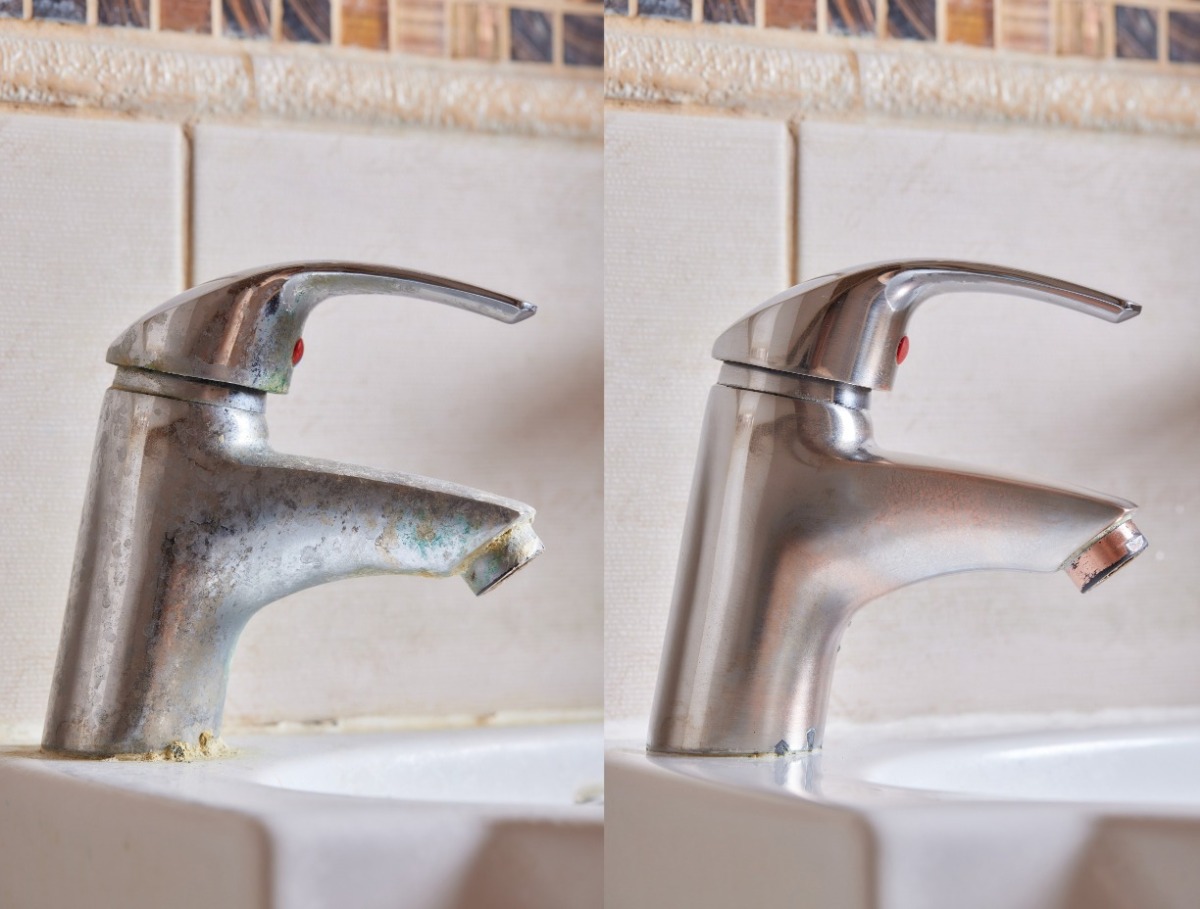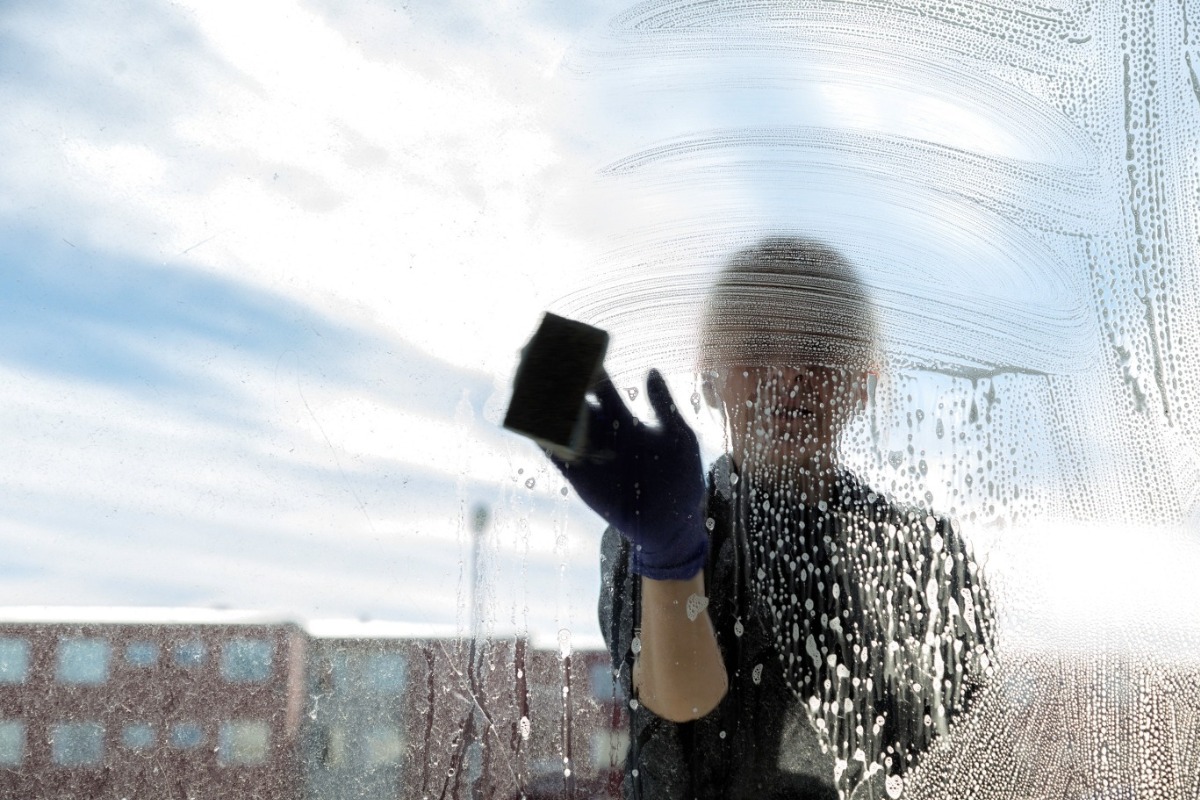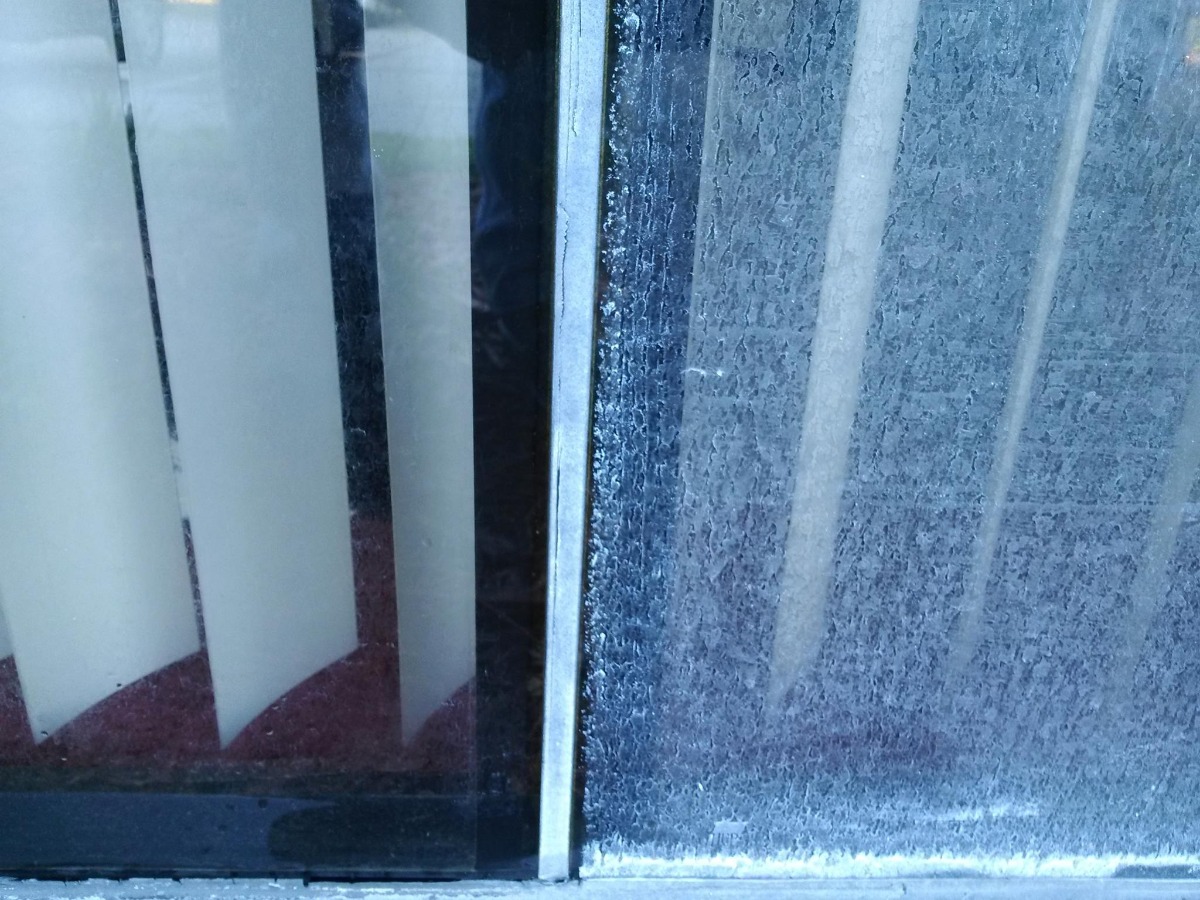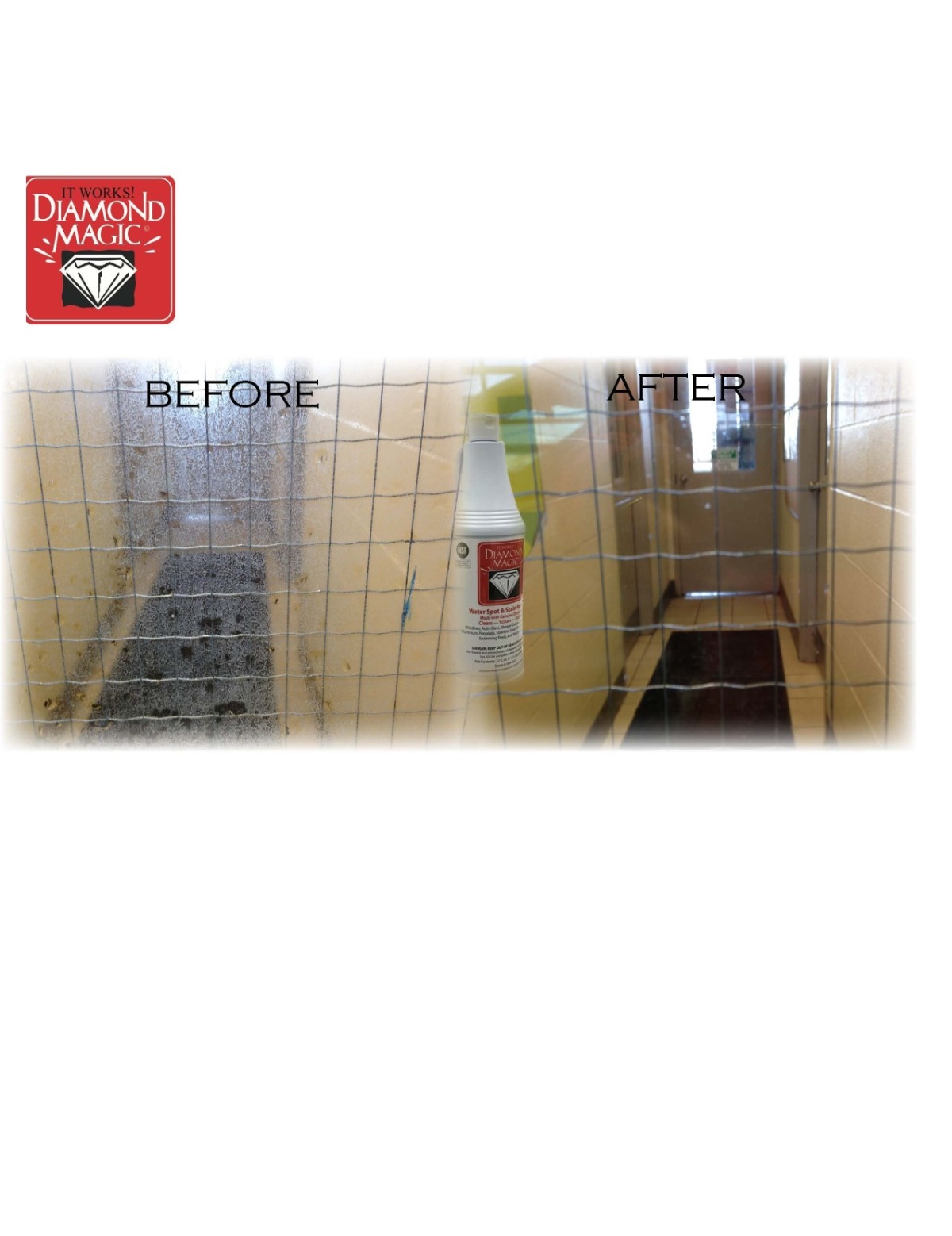What are Level 1, 2 and 3 Hard Water Stains?
Hard water staining on glass is a common issue that affects many households and buildings, particularly in areas with high mineral content in the water supply. These stains can range from slight to severe, impacting the clarity and appearance of the glass. Understanding the different stages of hard water staining is essential for determining the appropriate cleaning methods and preventing permanent damage.
Stage 1: Light Staining In the initial stage, hard water stains are characterized by light spots and streaks that are generally easy to remove. These marks are caused by water evaporating and leaving behind minerals such as calcium and magnesium. At this stage, the staining has not yet etched into the glass and can often be cleaned with vinegar, a mild detergent, or a specialized cleaning solution designed for hard water. Regular cleaning and immediate attention to new spots can prevent the stains from advancing to the next stage.
Stage 2: Moderate Staining As hard water stains progress to stage 2, the mineral deposits become more pronounced and begin to bond more firmly with the glass surface. The stains may appear as larger, more defined spots or cloudy areas that significantly obscure the glass. At this point, more aggressive cleaning methods are necessary. A combination of mechanical scrubbing with non-scratch pads and the use of stronger cleaning agents specifically formulated to break down mineral deposits is often required. Care must be taken to avoid scratching or damaging the glass during cleaning.
Stage 3: Severe Staining In the final stage, hard water stains have been allowed to sit for an extended period, leading to deep etching and permanent damage to the glass. These stains are highly visible and can drastically reduce visibility through the glass, affecting both its appearance and functionality. At stage 3, conventional cleaning methods are usually ineffective. Professional intervention may be necessary, involving techniques such as polishing or, in some cases, complete replacement of the glass. Preventative measures and early treatment are crucial to avoid reaching this severe level of staining.
Understanding the progression of hard water staining on glass is key to maintaining the beauty and longevity of windows, shower doors, and other glass surfaces. Early detection and treatment can prevent the need for costly repairs and ensure that the glass remains clear and attractive.
Follow this link to review the products available for Hard Water Stain removal





